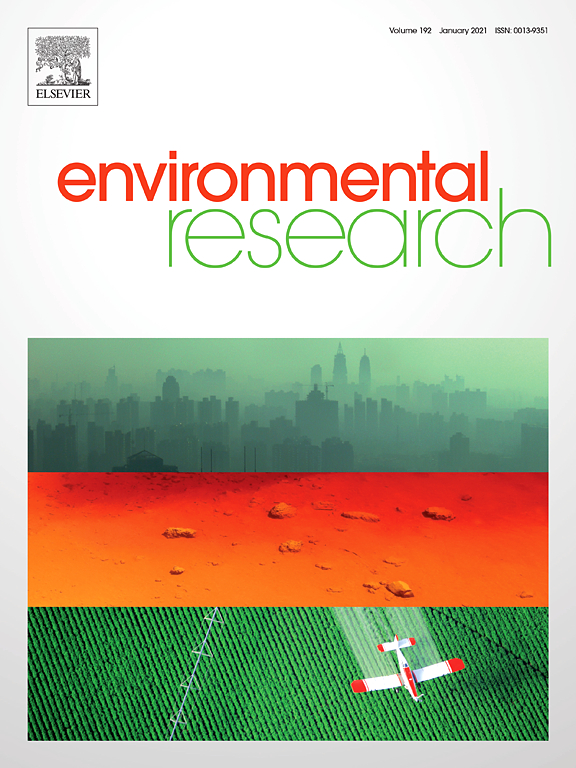Arable lands under the pressure of multiple land degradation processes. A global perspective

ABSTRACT
While agricultural systems are a major pillar in global food security, their productivity is currently threatened by many environmental issues triggered by anthropogenic climate change and human activities, such as land degradation. However, the planetary spatial footprint of land degradation processes on arable lands, which can be considered a major component of global agricultural systems, is still insufficiently well understood. This study analyzes the land degradation footprint on global arable lands, using complex geospatial data on certain major degradation processes, i.e. aridity, soil erosion, vegetation decline, soil salinization and soil organic carbon decline. By applying geostatistical techniques that are representative for identifying the incidence of the five land degradation processes in global arable lands, results showed that aridity is by far the largest singular pressure for these agricultural systems, affecting ~40% of the arable lands’ area, which cover approximately 14 million km2 globally. It was found that soil erosion is another major degradation process, the unilateral impact of which affects ~20% of global arable systems. The results also showed that the two degradation processes simultaneously affect an additional ~7% of global arable lands, which makes this synergy the most common form of multiple pressure of land degradative conditions across the world’s arable areas. The absolute statistical data showed that India, the United States, China, Brazil, Argentina, Russia and Australia are the most vulnerable countries in the world to the various pathways of arable land degradation. Also, in terms of percentages, statistical observations showed that African countries are the most heavily affected by arable system degradation. This study’s findings can be useful for prioritizing agricultural management actions that can mitigate the negative effects of the two degradation processes or of others that currently affect many arable systems across the planet.